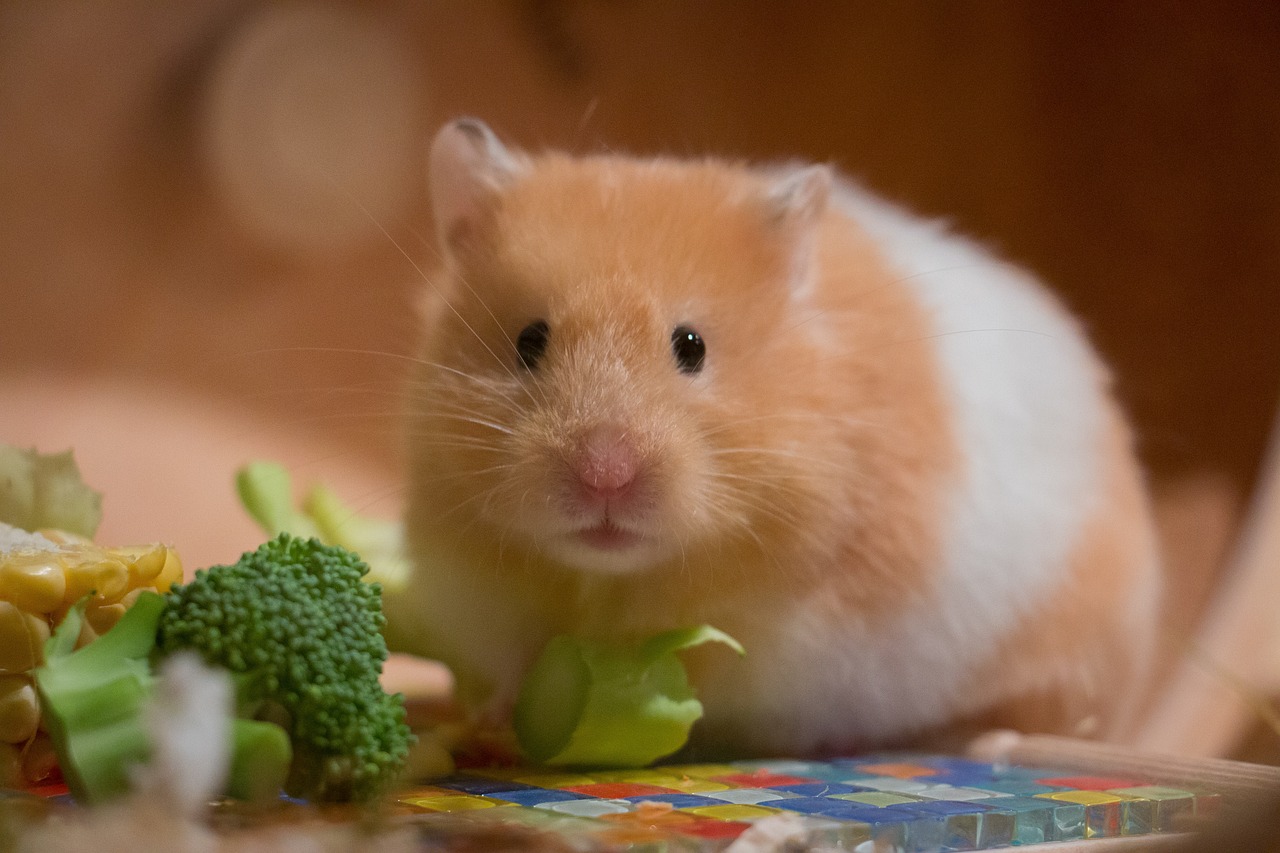Hamsters are small, furry rodents that are popular as pets. They are known for their cheek pouches, which they use to store food.
Table of Contents
Scientific Name
The scientific name for hamsters is Cricetidae. This name comes from the Greek word kriskos, which means “small mouse”.
Types of Hamsters
The hamster family is remarkably diverse, encompassing several species, each with its own distinct features and traits. Some of the most well-known types of hamsters include:
- Syrian Hamster (Mesocricetus auratus): Also known as the golden hamster, this solitary and territorial species is one of the most popular choices for pets.
- Dwarf Campbell Russian Hamster (Phodopus sungorus): These small and social hamsters are known for their playful nature and are often found in pairs or small groups.
- Roborovski Dwarf Hamster (Phodopus roborovskii): Among the tiniest hamsters, Roborovskis are incredibly fast and active, making them a joy to watch.
- Chinese Hamster (Cricetulus griseus): Characterized by their long tails and agile nature, Chinese hamsters are known for their climbing abilities.
Evolution
Hamsters have a fascinating evolutionary history that dates back millions of years. Originating in Asia, these rodents adapted to a variety of environments, leading to the development of distinct species. Their ability to thrive in diverse habitats contributed to their widespread distribution across Europe, Asia, and parts of the Middle East.
Behavior
Hamsters exhibit a wide range of behaviors that are both intriguing and endearing. Nocturnal by nature, they are most active during the night. They are skilled diggers and build intricate burrows that serve as both shelter and storage for food. They also possess cheek pouches that allow them to gather and transport food efficiently.
Habitat
Hamsters are well-adapted to different habitats, including grasslands, deserts, and woodlands. Their burrowing behavior helps them evade predators and regulate their body temperature. In captivity, it’s important to provide hamsters with suitable bedding and hiding spots to mimic their natural habitat.
Diet
Hamster diets differ depending on species and habitat. They eat a variety of grains, seeds, insects, and vegetation in the wild. A balanced diet for pet hamsters includes commercial pellets, fresh vegetables, and occasional treats. A varied diet is critical for their health and well-being.
Predators and Threats
In the wild, hamsters are preyed upon by a variety of predators, including birds of prey, foxes, snakes, and larger mammals. Many of these threats are avoided by their burrowing and nocturnal habits. However, habitat loss and human activity pose serious threats to their survival.
Reproduction, Babies, and Lifespan
Hamsters are well-known for their ability to reproduce quickly. Female hamsters can become pregnant soon after giving birth, resulting in several litters per year. The gestation period is brief, and the babies, known as pups, are born blind and hairless. Hamsters can live for 2 to 4 years in the wild and up to 3 years in captivity, depending on the species.
Population
The population of hamsters varies depending on their habitat and species. While some hamster species are more abundant, others are threatened by habitat destruction and other environmental factors.
Conclusion
Hamsters are fascinating creatures that are widely kept as pets. They are relatively simple to maintain and can provide years of companionship. We must do everything possible to protect hamsters so that they can thrive in the future.
FAQs
- Can hamsters be kept together in the same cage? While some dwarf hamster species can coexist in pairs or small groups, Syrian hamsters are best kept alone to avoid territorial conflicts.
- What do hamsters use their cheek pouches for? Hamsters use their cheek pouches to carry food and nesting materials to their burrows.
- Do hamsters require special dental care? Yes, hamsters’ teeth continuously grow, so providing them with chew toys and appropriate foods helps prevent dental issues.
- Are hamsters prone to certain diseases? Hamsters can be susceptible to respiratory infections and wet tail disease. Regular veterinary check-ups are essential to ensure their health.
- Can hamsters be tamed and trained? Yes, with patience and consistent handling, hamsters can become tame and even learn simple tricks.
